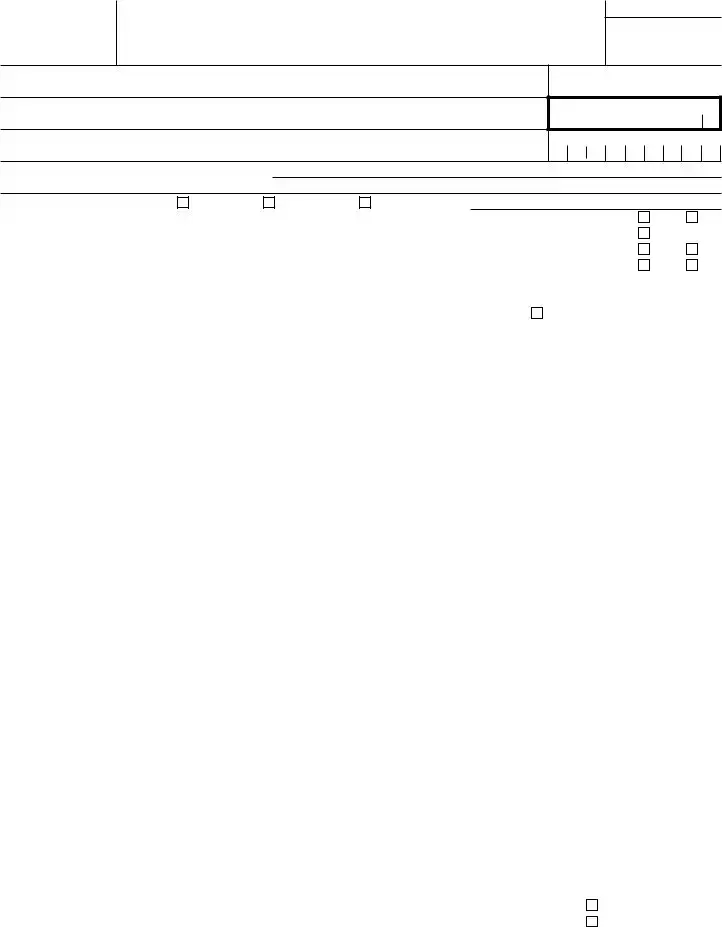The IRS Schedule C (Form 1040) is primarily used by sole proprietors to report income or loss from their business. This document is similar to the IRS Form 1065, which is utilized by partnerships. Both forms require detailed reporting of income and expenses, but while Schedule C focuses on individual business owners, Form 1065 reflects the collective income and deductions of multiple partners. Each partner then reports their share of the partnership's income on their personal tax returns, creating a connection between individual and partnership taxation.
Another document that shares similarities with Schedule C is the IRS Form 1120, which is used by corporations. Like Schedule C, Form 1120 requires a comprehensive breakdown of income and expenses. However, the key difference lies in the structure of the business. Schedule C is for sole proprietors, while Form 1120 is for corporations, which are separate legal entities. This distinction affects how income is taxed and reported, but both forms aim to provide a clear picture of financial performance.
IRS Schedule E is another form that resembles Schedule C, particularly for those who earn income from rental real estate or partnerships. Both forms involve reporting income and expenses, but Schedule E is specifically designed for passive income sources, while Schedule C is for active business income. Individuals who own rental properties may need to use both forms if they also run a business, highlighting the diverse ways income can be generated.
The IRS Form 1040 itself is closely related to Schedule C, as it serves as the main tax return for individuals. Schedule C is an attachment to the 1040, allowing sole proprietors to report their business income alongside other personal income sources. This integration helps streamline the filing process and provides a comprehensive overview of an individual’s financial situation.
Form 1099-MISC is another document that aligns with Schedule C. This form is used to report various types of income received by individuals who are not employees, such as freelancers or independent contractors. If someone receives a 1099-MISC, they will likely report that income on Schedule C. Both documents focus on income generation outside of traditional employment, making them essential for self-employed individuals.
IRS Form 4562 is relevant as it pertains to depreciation and amortization. Business owners using Schedule C may need to file Form 4562 to claim depreciation on their assets. While Schedule C captures overall business income and expenses, Form 4562 specifically addresses how to account for the wear and tear of business property over time, which can significantly impact taxable income.
In exploring the intricacies of lease agreements, it is essential to understand the legal frameworks involved, such as those outlined in various templates and resources, including the information available at documentonline.org/blank-new-york-lease-agreement/. These resources help clarify the terms of rental agreements, including the specifics relating to rental prices, lease durations, and obligations of landlords and tenants alike. Ultimately, having a well-defined agreement is key to ensuring a smooth rental experience for all parties involved.
Form 8829, which is used for claiming expenses for business use of a home, is also similar to Schedule C. If a sole proprietor operates their business from home, they can use Form 8829 to detail their home office expenses. This form complements Schedule C by providing a way to deduct specific costs associated with running a business from a residential property, ultimately reducing taxable income.
Another related document is IRS Form 1040-SR, which is designed for seniors. While it serves a similar purpose as the standard 1040, it includes larger print and a simplified layout. If a senior citizen operates a business, they would still use Schedule C to report their business income, but they might prefer the user-friendly features of Form 1040-SR for their overall tax filing.
Finally, IRS Form 941 is relevant for those who have employees. While Schedule C is for sole proprietors, Form 941 is used to report payroll taxes for businesses with employees. If a sole proprietor has employees, they will need to manage both forms to ensure compliance with tax obligations. This highlights the complexity of tax reporting for business owners who navigate both personal and business income.







